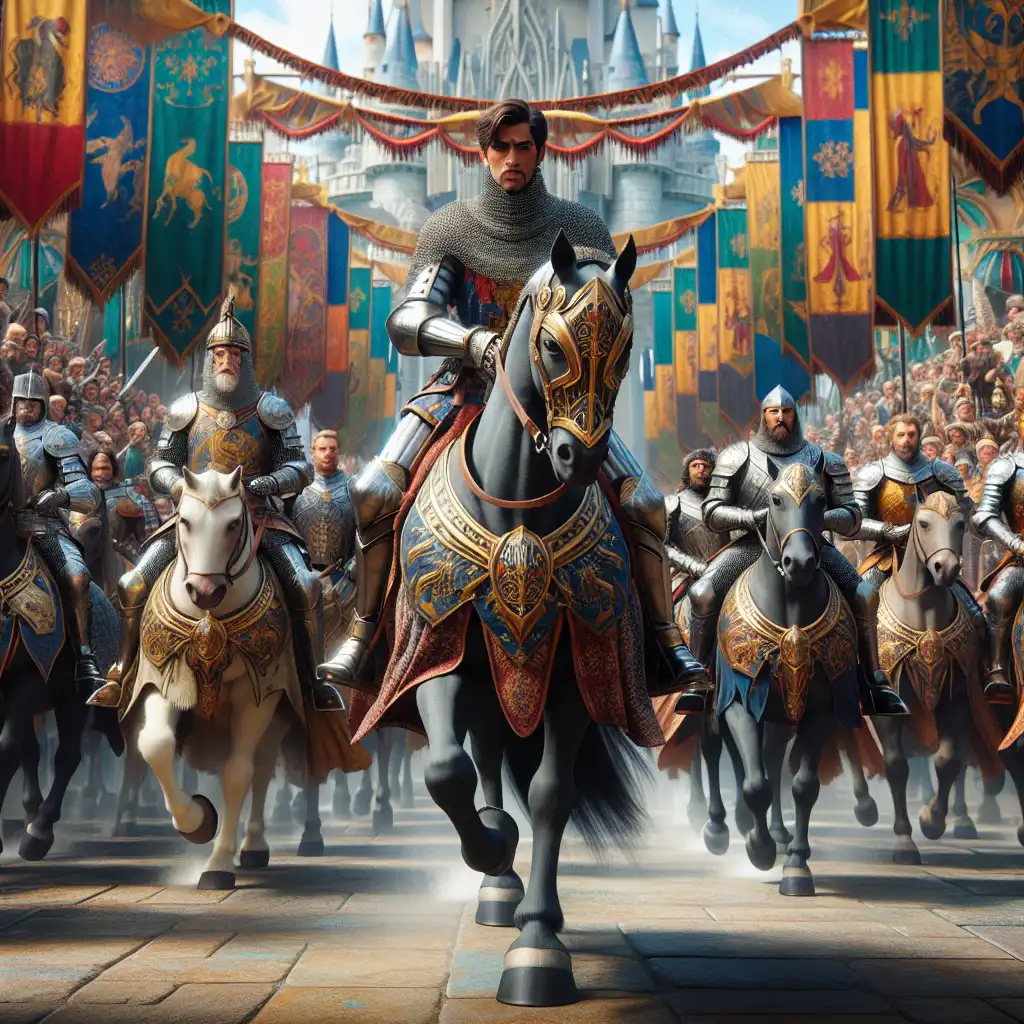
In somebody’s train
Historical Usage
The phrase is mostly used in historical contexts or literature, referring to times when royal processions were common.  The knights rode in the prince's train, a display of loyalty and grandeur.
The knights rode in the prince's train, a display of loyalty and grandeur.
Figurative Meaning
It can be used metaphorically to imply someone is significantly influenced by another's ideas or movement.  As a dedicated follower, he was always found metaphorically in his leader's train.
As a dedicated follower, he was always found metaphorically in his leader's train.
Not Physical
The phrase does not necessarily mean physically following; it often refers to support or allegiance.  Many intellectuals were in the philosopher's train, spreading his teachings.
Many intellectuals were in the philosopher's train, spreading his teachings.